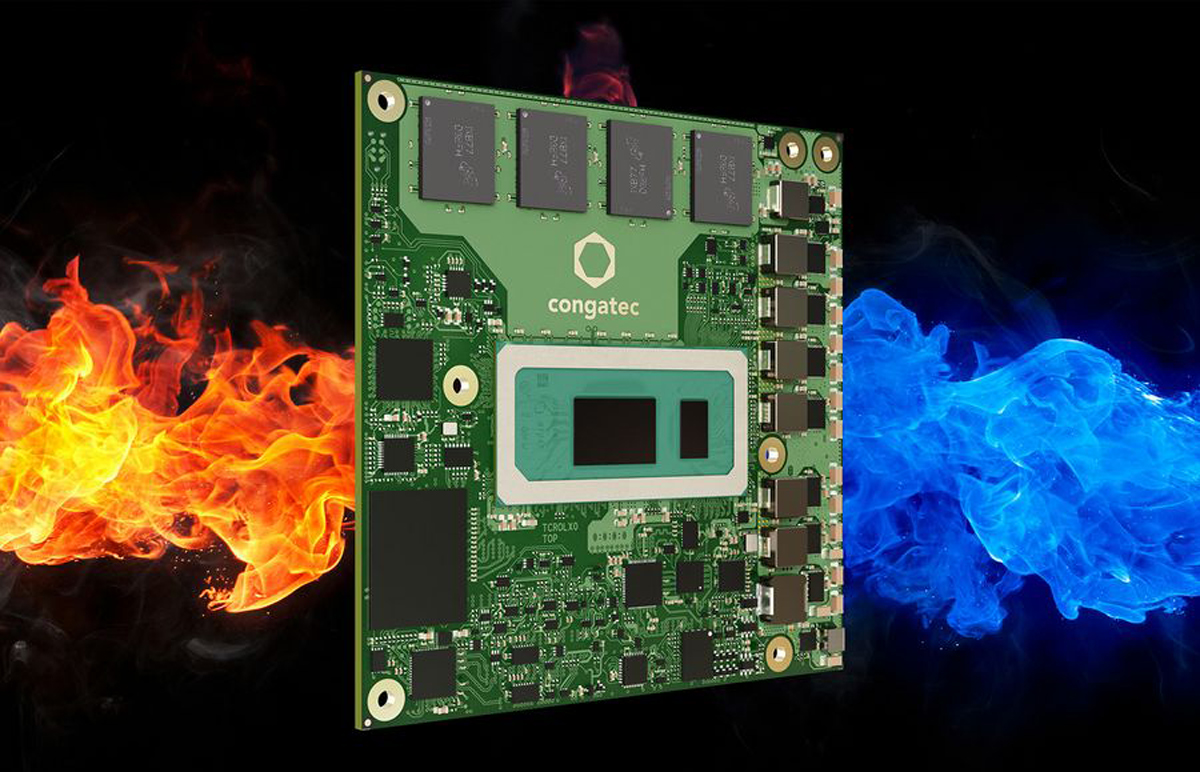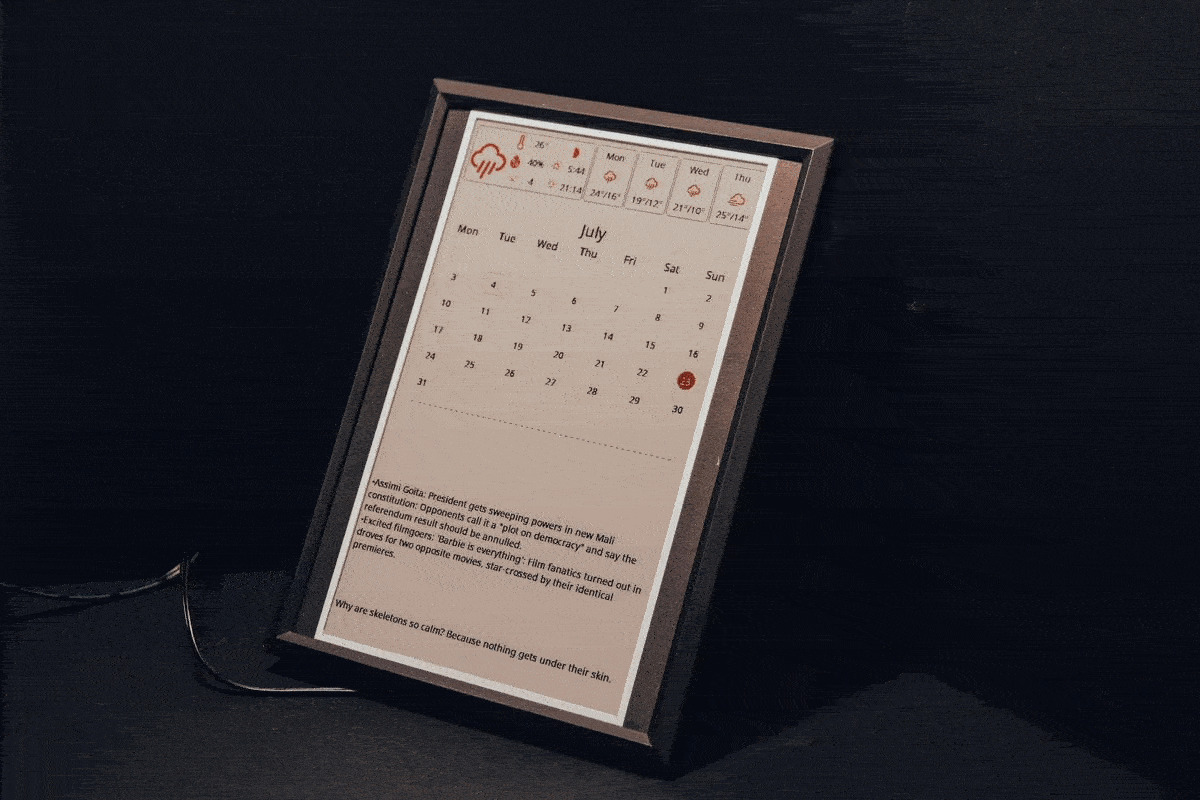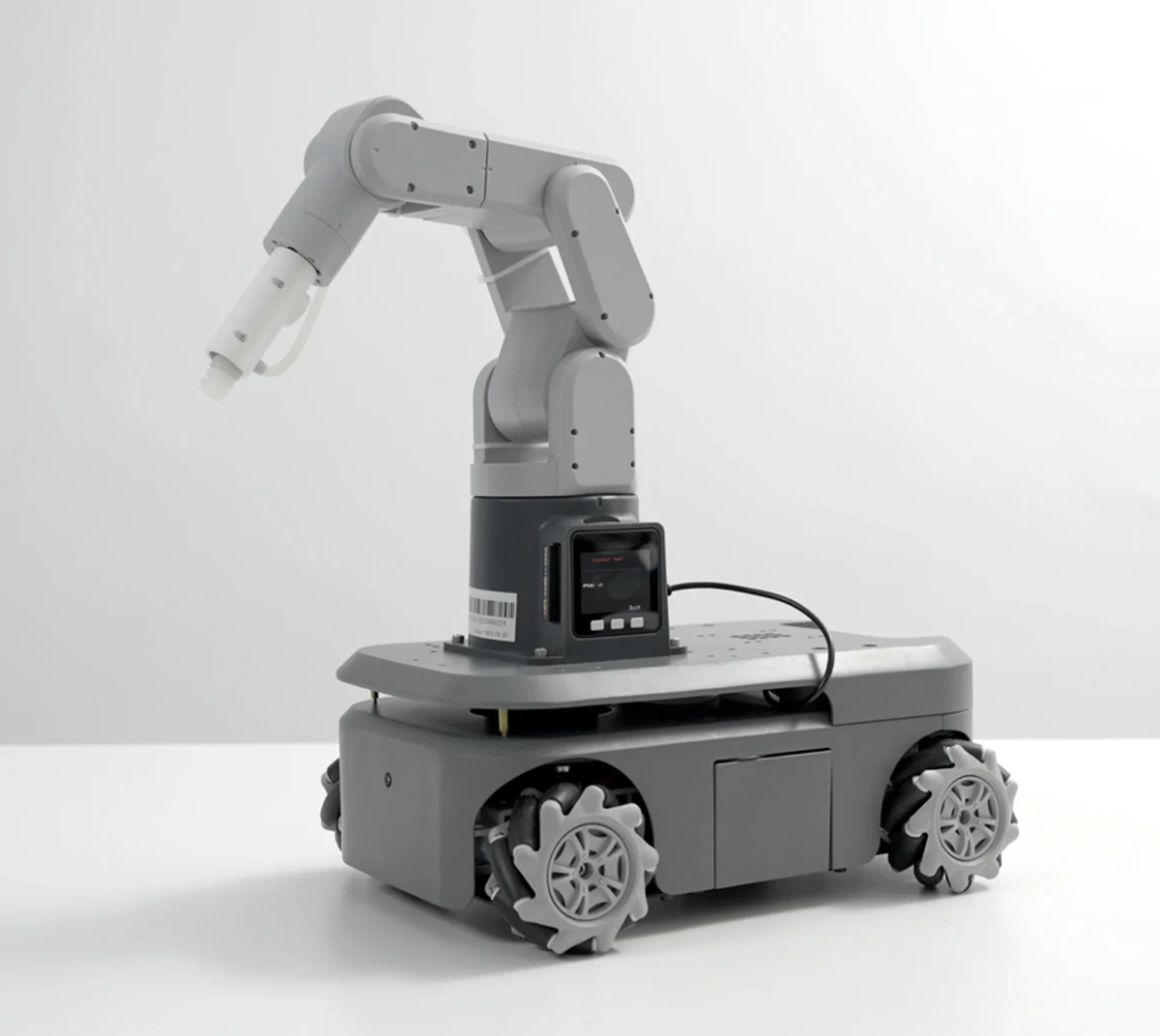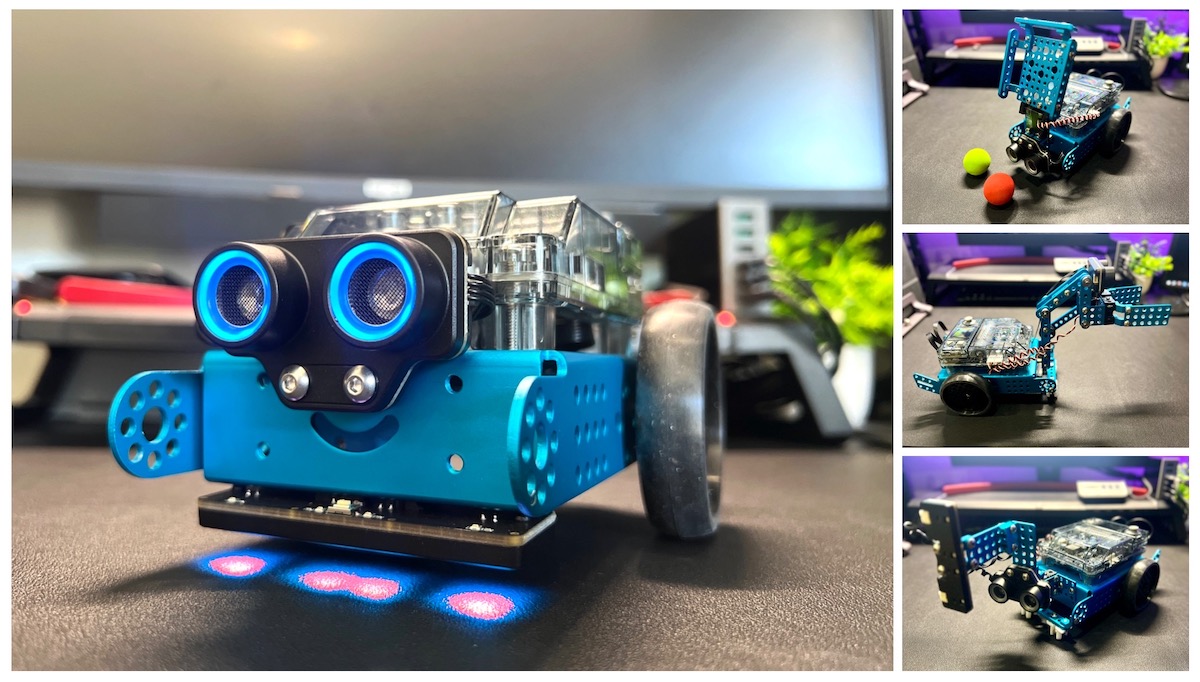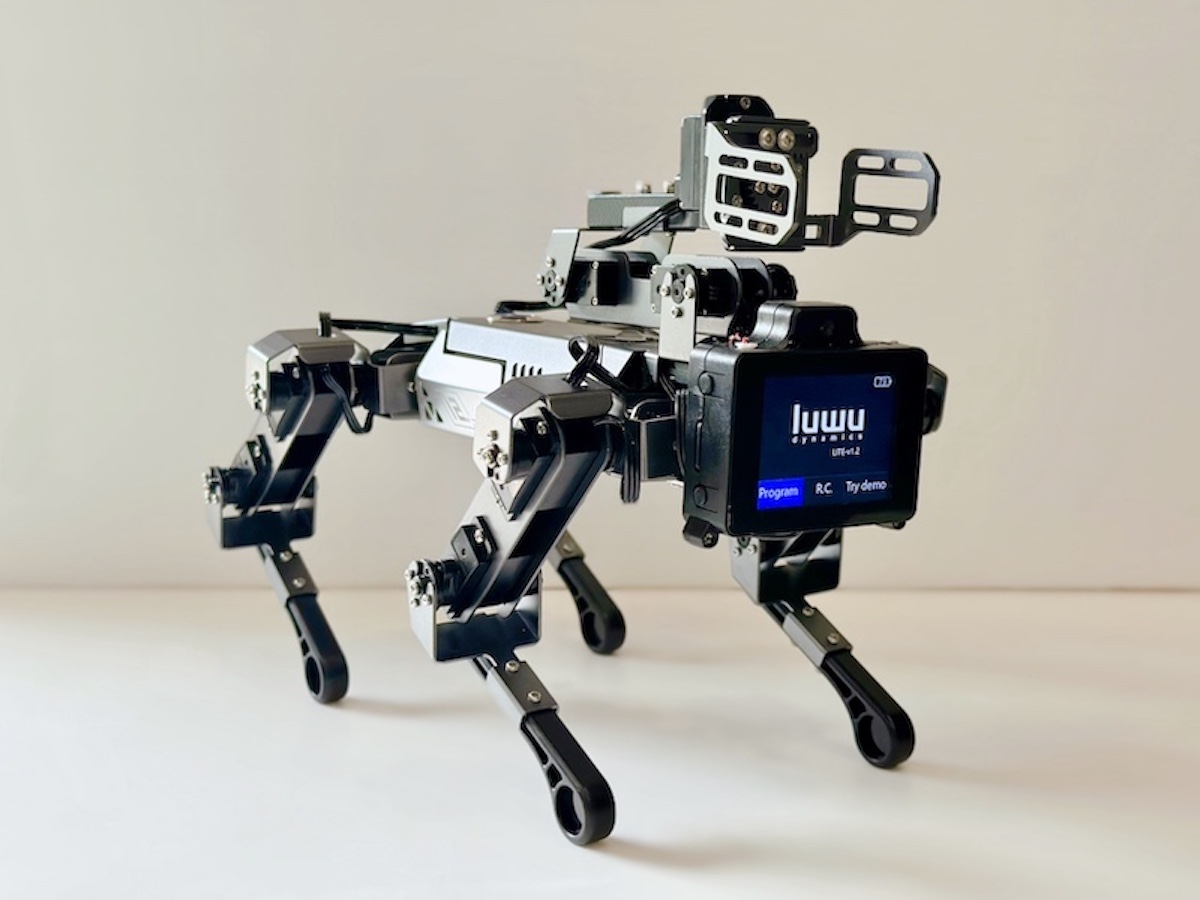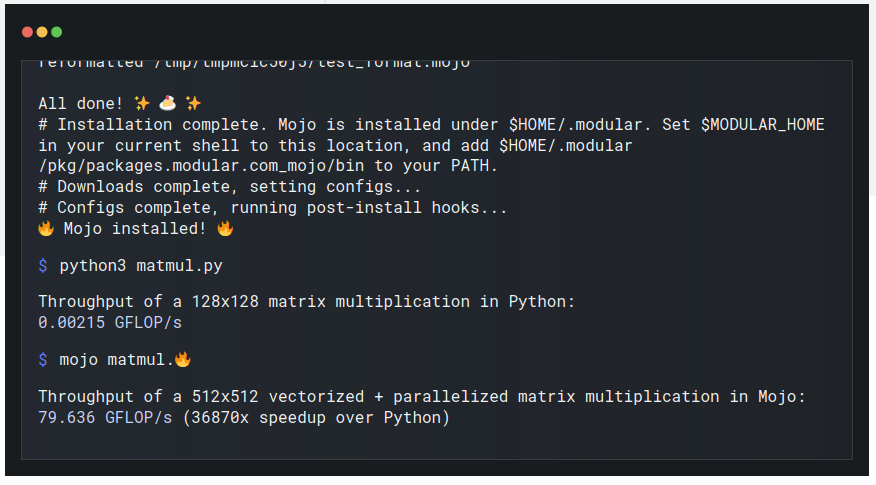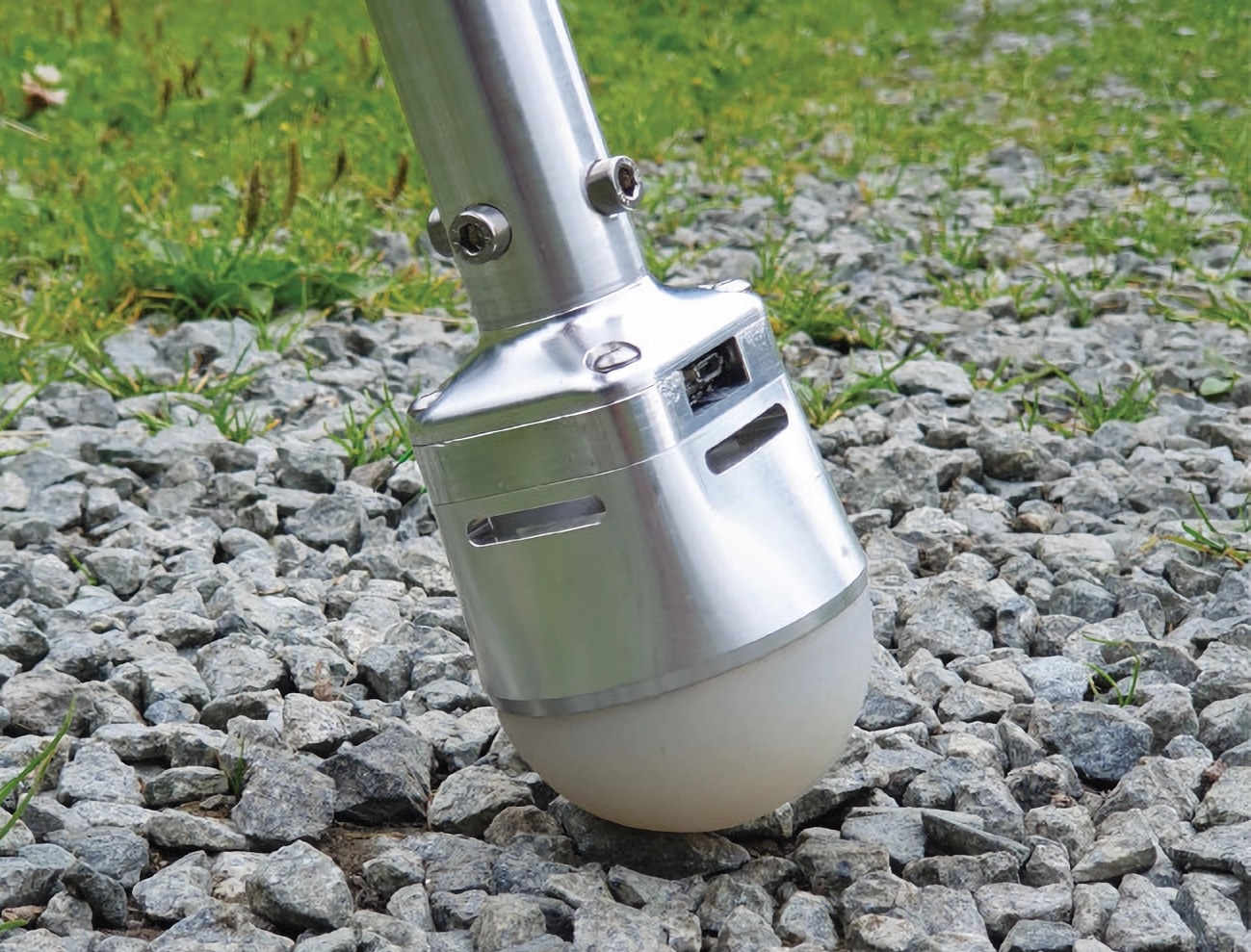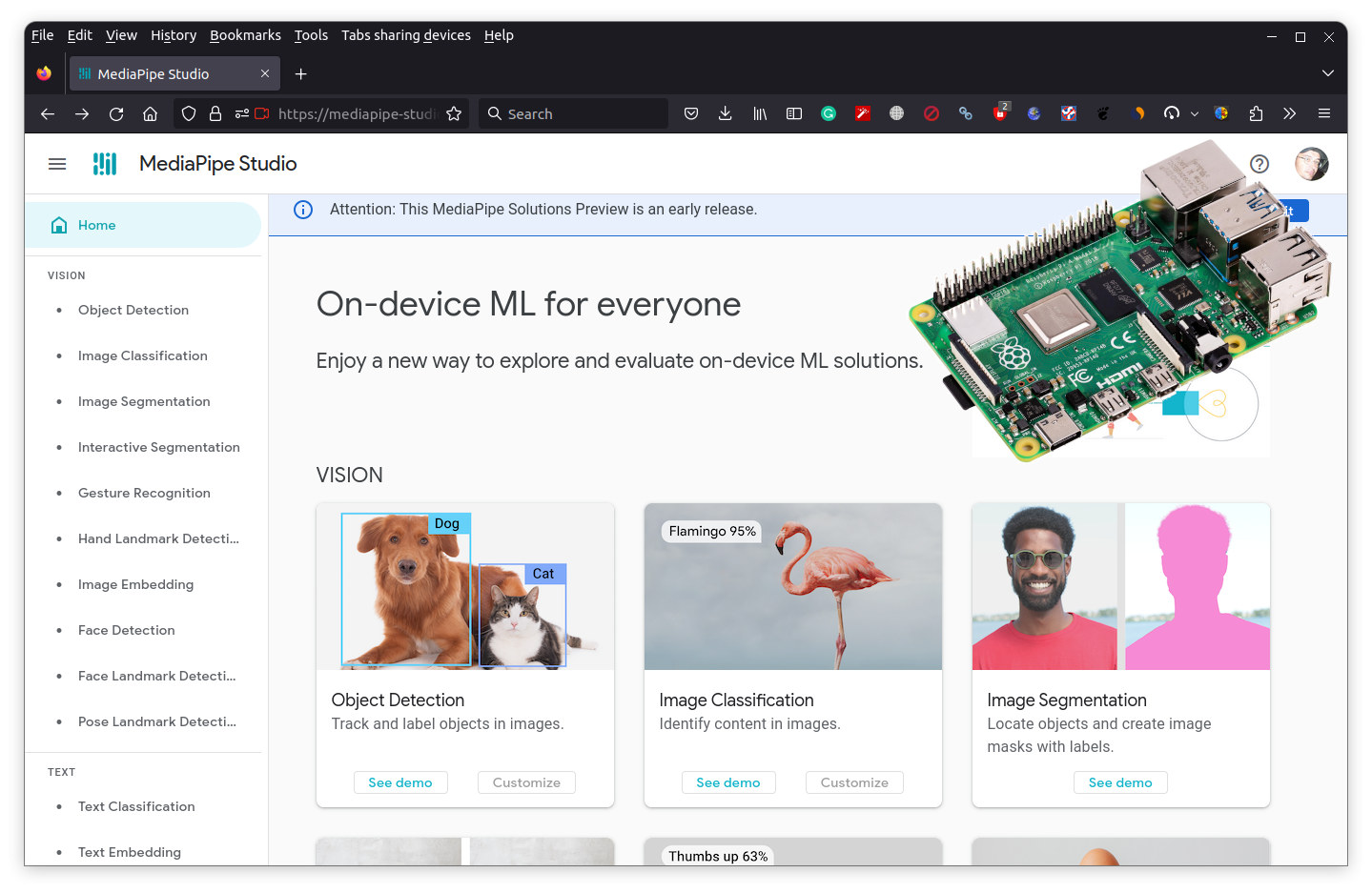We’ve noticed a surge in the popularity of COM Express modules and Congatec has recently announced six new conga-TC675r COM Express Type 6 Computer-on-Modules based on 13th Gen Intel Core (Raptor Lake) processors that happen to come with soldered RAM instead of the usual SO-DIMM memory slots found in this form factor. The modules come with up to 14(6P+8E) cores and 20-thread, ultra-fast LPDDR5x memory, all within a total TDP of 45W. According to Congatec, this device is designed to work under extreme temperatures (-40°C to +85°C), and is built to withstand the highest standards for shock and vibrations notably thanks to the user of soldered onboard RAM, making this device suitable for off-road vehicles for mining, construction, agriculture, forestry, and other demanding mobility applications. Previously we have seen manufacturers like ADLINK announce COM Express modules based on the 13th Gen architecture, and both ADLINK and Congatec have also just […]
Inkycal v3 is a Raspberry Pi-Powered ePaper Dashboard for Your Desk
Inkycal v3 is an eco-friendly, customizable E-paper dashboard built with Python 3 and powered by a Raspberry Pi Zero W SBC for organizing and displaying information. Previously, we have covered many E-paper display modules like Inkplate 4, EnkPi, Inkplate 2, and other E-paper display modules. But what makes Inkycal v3 different is its open-source software, a 7.5″ E-paper display with a black frame, and its modular approach to home screen settings. Features of Inkycal v3 E-paper Display: Integrated System – Raspberry Pi Zero W with E-Paper display and custom driver board. Design – Slim 13x18cm frame, black with a black-and-white bezel, and concealed components. Software – Inkycal OS, Python 3-based, supports new SPI displays including 12.48″ models. Modularity – Offers calendar, image, slideshow, RSS feeds, stock tickers, weather, and Todoist modules. User-Friendly – Configurable via a web app, no coding needed. Community Support – Active Discord channel for assistance and […]
myAGV 2023 four-wheel mobile robot ships with Raspberry Pi 4 or Jetson Nano
Elephant Robotics myAGV 2023 is a 4-wheel mobile robot available with either Raspberry Pi 4 Model B SBC or NVIDIA Jetson Nano B01 developer kit, and it supports five different types of robotic arms to cater to various use cases. Compared to the previous generation myAGV robot, the 2023 model is fitted with high-performance planetary brushless DC motors, supports vacuum placement control, can take a backup battery, handles large payloads up to 5 kg, and integrates customizable LED lighting at the rear. myAGV 2023 specifications: Control board Pi model – Raspberry Pi 4B with 2GB RAM Jetson Nano model – NVIDIA Jetson Nano B01 with 4GB RAM Wheels – 4x Mecanuum wheels Motor – Planetary brushless DC motor Maximum linear speed – 0.9m/s Maximum Payload – 5 kg Video Output Pi model – 2x micro HDMI ports Jetson Nano model – HDMI and DisplayPort video outputs Camera Pi model – […]
Makeblock mBot Neo robot review with Smart World Add-on Pack
MakeBlock mBot Neo, also known as mBot2, is an educational robot that builds upon the previous generation mBot1 robot, and the company has sent us a review sample, following our earlier review of the Ultimate 2.0 10-in-1 educational robot kit, along with the Smart World Add-on Pack. The mBot Neo features a new ESP32-based CyberPi control board with WiFi connectivity for IoT and AI support. The robot is also equipped with a 2nd generation Ultrasonic sensor with improved object detection accuracy and status indicator, a built-in 4-ch RGB line sensor that can detect colors, as well as a new drive motor that comes with an encoder for more precise motion control. The mBot Neo robot kit is expandable with metal parts from other Makeblock models, mBuild modules and various electronic modules can be added making it also possible to build custom robots with third-party structural parts. The mBot Neo robot […]
Review of CM4 XGO Lite – A Raspberry Pi CM4 based smart robot dog with a robotic arm
The CM4 XGO Lite is a smart robot dog based on Raspberry Pi CM4 system-on-module and designed to learn to program using Blockly, Python, and ROS. This four-legged robot also happens to feature a 3-joint robot arm and a robot gripper installed on the back that can pick up light objects. The Raspberry Pi CM4 module drives the LCD screen and camera and performs AI and computer vision processing, while each joint is controlled with a servo motor, and a 6-axis tilt sensor ensures stable walking and movement. We’ve already discussed the capabilities of the CM4 XGO Lite, aka XGO Lite 2, when it was announced earlier this year, so we’re not going to go into details here, but some of the highlights include support for faster AI edge computing applications such as face detection and object classification, omnidirectional movement, six-dimensional posture control, posture stability, and multiple motion gaits. Robot […]
Modular Mojo claims to be over 36,000 times faster than Python for AI workloads
Modular Mojo is a new programming language designed for AI developers that is said to combine the usability of Python with the performance of C with over 36,000 times the performance of Python on a matrix multiplication workload. Modular Mojo programming language was not in the initial plan of the company but came about when the company’s founders – who focused on building a platform to unify the world’s ML/AI infrastructure – realized that programming across the entire stack was too complicated and also ended up writing a lot of MLIR (Multi-Level Intermediate Representation) by hand. The “over 36,000 times speedup” claim comes with the matmul.py script performing a 128×128 matrix multiplication in Python with a throughput of 0.00215 GFLOP/s and another script doing 512×512 vectorized + parallelized matrix multiplication in Mojo at 79.636 GFLOP/s. The claim looks dubious and that’s odd they used different matrix sizes, but some are […]
TRACEPaw sensorized paw helps legged robots “feel the floor” with Arduino Nicla Vision
Our four-legged friends don’t walk on tarmac the same way as they do on ice or sand as they can see and feel the floor with their eyes and nerve endings and adapt accordingly. The TRACEPaw open-source project, which stands for “Terrain Recognition And Contact force Estimation through Sensorized Legged Robot Paw“, aims to bring the same capabilities to legged robots. Autonomous Robots Lab achieves this through the Arduino Nicla Vision board leveraging its camera and microphone to run machine learning models on the STM32H7 Cortex-M7 microcontroller in order to determine the type of terrain and estimate the force exercized on the leg. But the camera is apparently not used to look at the terrain, but instead, at the deformation of the silicone hemisphere – made of “Dragon Skin” – at the end of the leg to estimate 3D force vectors, while the microphone is used to recognize terrain types […]
MediaPipe for Raspberry Pi released – No-code/low-code on-device machine learning solutions
Google has just released MediaPipe Solutions for no-code/low-code on-device machine learning for the Raspberry Pi (and an iOS SDK) following the official release in May for Android, web, and Python, but it’s been years in the making as we first wrote about the MediaPipe project back in December 2019. The Raspberry Pi port is an update to the Python SDK and supports audio classification, face landmark detection, object detection, and various natural language processing tasks. MediaPipe Solutions consists of three components: MediaPipe Tasks (low-code) to create and deploy custom end-to-end ML solution pipelines using cross-platform APIs and libraries MediaPipe Model Maker (low-code) to create custom ML models MediaPipe Studio (no-code) webpage to create, evaluate, debug, benchmark, prototype, and deploy production-level solutions. You can try it out directly in your web browser at least on PC and I could quickly test the object detection on Ubuntu 22.04. MediaPipe Tasks can be […]


